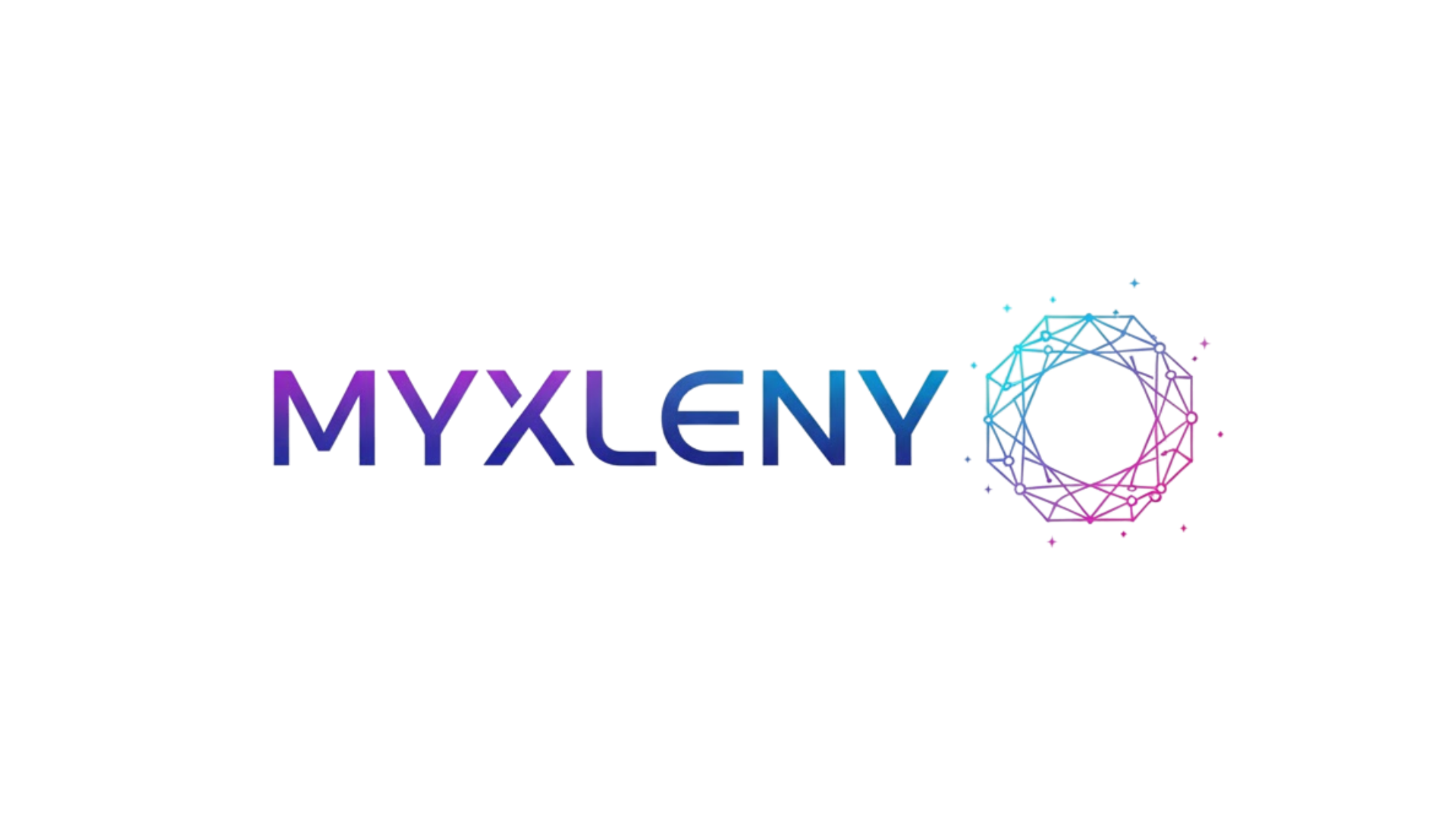In today’s volatile business environment, building resilient ecosystems isn’t optional—it’s essential for survival and sustainable growth in competitive markets.
The modern business landscape resembles a complex organism rather than a simple machine. Companies no longer operate in isolation but function within intricate networks of suppliers, customers, partners, and competitors. This interconnected reality demands a fundamental shift in how organizations approach strategy, operations, and growth. Business ecosystems that demonstrate resilience can absorb shocks, adapt to disruptions, and emerge stronger from challenges that would devastate less prepared competitors.
Understanding what makes a business ecosystem truly resilient requires examining multiple dimensions—from technological infrastructure and supply chain diversity to organizational culture and stakeholder relationships. The businesses thriving today are those that have moved beyond traditional linear thinking to embrace ecosystem approaches that prioritize flexibility, collaboration, and continuous adaptation.
🌐 Understanding Business Ecosystem Dynamics
A business ecosystem encompasses all entities that interact with your organization—suppliers, distributors, customers, competitors, government agencies, and even media outlets. Unlike traditional business models that view companies as isolated units, the ecosystem perspective recognizes that value creation happens through complex interactions across organizational boundaries.
Resilient ecosystems share common characteristics that distinguish them from fragile networks. They maintain multiple connection points rather than single dependencies, encourage information flow across boundaries, and cultivate redundancy in critical functions. These systems don’t just withstand disruption—they learn from it and reconfigure themselves to become stronger.
The COVID-19 pandemic provided a stark demonstration of ecosystem resilience. Companies with diversified supply chains, digital infrastructure, and flexible workforce arrangements adapted far more successfully than those dependent on single suppliers or rigid operational models. This real-world stress test revealed which organizations had built genuine resilience versus those operating on optimized but brittle systems.
The Interconnected Nature of Modern Commerce
Today’s business operations involve countless touchpoints across global networks. A smartphone manufacturer depends on suppliers across continents, logistics providers managing complex routes, software developers creating applications, retail partners reaching consumers, and recycling operations handling end-of-life products. Each connection represents both an opportunity and a potential vulnerability.
Mapping these relationships reveals critical dependencies that might otherwise remain invisible until disruption occurs. Organizations that invest time understanding their ecosystem architecture can identify single points of failure, redundancy gaps, and opportunities for strengthening connections before crises emerge.
💪 Core Pillars of Ecosystem Resilience
Building resilience requires deliberate investment across multiple organizational dimensions. While specific strategies vary by industry and context, certain fundamental pillars support ecosystem strength regardless of sector.
Diversification and Redundancy
Overoptimization creates fragility. The pursuit of maximum efficiency often eliminates the redundancy that enables systems to absorb shocks. Resilient ecosystems maintain strategic redundancy in critical areas—multiple suppliers for essential components, alternative distribution channels, and backup systems for core technologies.
This doesn’t mean wasteful duplication. Smart redundancy identifies truly critical functions and builds alternatives specifically for those areas. A manufacturing company might maintain single suppliers for commodity items while ensuring multiple sources for components that could halt production if unavailable.
Digital Infrastructure and Data Intelligence
Technology serves as the nervous system of modern business ecosystems. Cloud computing, IoT sensors, artificial intelligence, and blockchain technologies enable real-time visibility across complex networks. Organizations can monitor supplier health, track inventory across multiple locations, predict demand fluctuations, and identify emerging risks before they become crises.
Digital transformation isn’t about adopting every new technology—it’s about building flexible, scalable infrastructure that supports rapid adaptation. Companies with robust digital foundations pivoted to remote work, reconfigured supply chains, and launched new business models during the pandemic far more successfully than those relying on legacy systems.
Collaborative Relationships and Trust Networks
Transactional relationships collapse under pressure. Resilient ecosystems are built on trust, mutual benefit, and genuine partnership. When disruption strikes, organizations with strong relational capital can work collaboratively with ecosystem partners to find creative solutions rather than resorting to adversarial positions.
Building these relationships requires consistent investment during good times. Companies that treat suppliers as interchangeable vendors find themselves without allies when they need flexibility. Those that invest in supplier development, share information transparently, and create win-win arrangements develop partnerships that endure through challenges.
🔄 Adaptive Capacity and Organizational Agility
Resilience isn’t a static state—it’s an ongoing capability. The most resilient ecosystems continuously sense environmental changes, process new information, and adjust their configurations accordingly. This adaptive capacity operates at multiple levels simultaneously.
Sensing and Response Mechanisms
Organizations need sophisticated systems for detecting weak signals of change before they become obvious trends. This involves monitoring diverse information sources, encouraging employees at all levels to share observations, and creating channels for customer feedback to reach decision-makers quickly.
Early warning systems might include social media monitoring for brand sentiment shifts, supplier financial health tracking, regulatory change alerts, and competitive intelligence gathering. The goal isn’t collecting data—it’s creating actionable intelligence that informs rapid response.
Decentralized Decision-Making Authority
Hierarchical organizations respond slowly. Resilient ecosystems push decision-making authority to the edges where information is freshest. This requires trust, clear principles, and confidence that front-line employees understand organizational values and strategic priorities.
Decentralization doesn’t mean chaos. It requires strong alignment on core principles, clear boundaries for autonomous decision-making, and robust communication systems ensuring local actions remain coordinated with overall strategy. Companies like Spotify and Netflix have demonstrated how distributed authority can accelerate innovation while maintaining strategic coherence.
📊 Risk Management in Ecosystem Context
Traditional risk management focuses on protecting individual organizations. Ecosystem risk management takes a broader view, recognizing that threats often emerge from interconnections and cascading failures across network boundaries.
Scenario Planning and Stress Testing
Resilient organizations regularly conduct scenario exercises exploring how various disruptions might impact their ecosystems. These exercises go beyond financial modeling to examine operational, reputational, and strategic implications of different futures.
Effective scenarios challenge assumptions about stability. They explore uncomfortable possibilities—what happens if your largest customer disappears overnight? If critical transportation routes become unavailable? If new regulations fundamentally change your business model? Working through these scenarios before they occur builds institutional muscle for responding when real disruptions emerge.
Strategic Buffer Management
Buffers absorb shocks and create response time. Financial reserves provide runway during revenue disruptions. Inventory buffers protect against supply interruptions. Excess capacity allows rapid scaling when opportunities emerge. Skill diversity within teams enables pivoting to new challenges.
The optimal buffer level balances resilience against efficiency. Too little buffering creates fragility; excessive buffering wastes resources. Strategic buffer management involves continuously assessing which buffers provide the greatest resilience value relative to their cost.
🚀 Innovation as Resilience Strategy
Innovation does more than create competitive advantage—it builds resilience by generating options. Organizations with diverse revenue streams, multiple business models, and experimental cultures possess more pathways forward when existing approaches face disruption.
Portfolio Approach to Business Models
Relying on a single business model creates existential vulnerability. Resilient ecosystems maintain portfolios of business models at different maturity stages. Core businesses generate current revenue while growth ventures explore adjacent opportunities and experimental initiatives probe transformative possibilities.
This portfolio approach requires different management approaches for each category. Core businesses optimize for efficiency and reliability. Growth ventures balance scaling with learning. Experiments receive permission to fail fast and cheaply while generating insights about future possibilities.
Cultivating Learning Cultures
Resilient organizations treat every experience—success or failure—as learning opportunities. They conduct rigorous post-mortems after projects, share lessons across teams, and continuously refine their approaches based on evidence rather than assumption.
Learning cultures require psychological safety where people can acknowledge mistakes without fear of punishment. They demand curiosity that values understanding why things happen over assigning blame. Leaders in resilient ecosystems model learning behaviors, admitting uncertainty and changing positions when new evidence emerges.
🤝 Stakeholder Engagement and Ecosystem Orchestration
No single organization controls its entire ecosystem. Resilience emerges from how all participants interact and coordinate. Companies positioned as ecosystem orchestrators—facilitating connections, establishing standards, and creating platforms for value exchange—often demonstrate outsized influence relative to their size.
Platform Thinking and Network Effects
Platform business models create value by facilitating interactions between different participant groups. Successful platforms reduce transaction costs, increase trust through reputation systems, and create network effects where value grows as more participants join.
Applying platform thinking to ecosystem resilience involves creating infrastructure that benefits all participants. Industry consortiums establishing data-sharing standards, collaborative logistics networks optimizing transportation efficiency, and joint innovation initiatives addressing common challenges all strengthen overall ecosystem resilience.
Aligning Incentives Across Ecosystem Partners
Resilient ecosystems align incentives so that actions benefiting individual participants also strengthen the overall network. This contrasts with zero-sum dynamics where one party’s gain requires another’s loss.
Creating aligned incentives requires understanding what different ecosystem participants value and designing mechanisms that reward collaborative behaviors. Profit-sharing arrangements, joint investment vehicles, and reciprocal commitments all help align interests across organizational boundaries.
🌱 Sustainability and Long-Term Ecosystem Health
True resilience extends beyond immediate crisis response to ensuring long-term ecosystem vitality. Organizations increasingly recognize that environmental sustainability, social equity, and economic viability are interconnected requirements for enduring success.
Environmental Considerations and Circular Economy
Resource scarcity and climate change create systemic risks affecting entire ecosystems. Forward-thinking organizations are redesigning business models around circular economy principles—eliminating waste, keeping materials in use, and regenerating natural systems.
Circular approaches build resilience by reducing dependence on virgin resource extraction, creating new revenue streams from recycling and remanufacturing, and positioning companies favorably as regulations tighten. They also resonate with consumers increasingly making purchasing decisions based on sustainability criteria.
Social Sustainability and Workforce Resilience
Ecosystems are ultimately composed of people. Organizations that invest in workforce development, ensure fair labor practices throughout supply chains, and contribute positively to communities build social capital that supports resilience during challenging times.
This extends beyond corporate social responsibility to strategic workforce planning. Companies facing talent shortages can’t execute strategies regardless of how brilliant those strategies might be. Investing in education, providing meaningful development opportunities, and creating inclusive cultures all strengthen the human foundation of resilient ecosystems.
🎯 Measuring and Monitoring Ecosystem Resilience
What gets measured gets managed. Organizations serious about building resilience need frameworks for assessing their ecosystem health and tracking progress over time.
Beyond Traditional Metrics
Financial metrics capture important dimensions but miss critical resilience indicators. Comprehensive assessment includes supply chain diversity metrics, relationship quality measures, innovation pipeline health, employee engagement scores, and scenario preparedness indicators.
Leading organizations are developing resilience dashboards that provide real-time visibility into ecosystem health across multiple dimensions. These tools help leaders identify emerging vulnerabilities, allocate resources strategically, and demonstrate progress to stakeholders who increasingly care about organizational resilience.
Continuous Improvement Processes
Building resilience isn’t a one-time project—it’s an ongoing discipline. Regular ecosystem health assessments, benchmark comparisons with industry peers, and structured reflection on recent disruptions all contribute to continuous improvement.
This requires dedicated resources and executive attention. Organizations that treat resilience as everyone’s responsibility often find it becomes no one’s priority. Designating clear accountability, allocating appropriate resources, and incorporating resilience metrics into performance management systems ensures sustained focus.

🔮 Preparing for Tomorrow’s Challenges Today
The business landscape will continue evolving at accelerating pace. Technologies like artificial intelligence, quantum computing, and biotechnology promise transformative capabilities alongside unprecedented uncertainties. Geopolitical tensions, demographic shifts, and climate impacts will reshape markets in unpredictable ways.
Organizations building resilient ecosystems today position themselves not just to survive these changes but to thrive amid them. By cultivating adaptive capacity, investing in relationships, maintaining strategic flexibility, and fostering innovation, they create options for navigating whatever futures emerge.
The journey toward ecosystem resilience requires patience and persistence. Changes don’t happen overnight, and setbacks are inevitable. What distinguishes resilient organizations isn’t avoiding all failures—it’s learning from each experience, maintaining commitment through difficulties, and continuously strengthening the networks that support collective success.
As markets become more interconnected and volatile, the competitive advantage increasingly belongs to organizations that master ecosystem orchestration. Those that view their success as intertwined with partner prosperity, invest in collective capabilities, and maintain flexibility amid uncertainty will not merely survive the changes ahead—they’ll shape the future landscape in which all participants operate.
Building resilient business ecosystems represents both profound challenge and extraordinary opportunity. The strategies outlined here provide a foundation, but each organization must adapt these principles to their specific context, industry dynamics, and strategic objectives. The time to begin strengthening your ecosystem is now—before the next disruption arrives and tests whether you’ve built genuine resilience or merely hoped for continued stability. 🌟
Toni Santos is a future-of-work researcher and social innovation writer exploring how technology, culture, and global mobility are redefining what it means to work and thrive in the 21st century. Through his studies on automation, digital nomadism, and workforce transformation, Toni examines the balance between progress, adaptability, and human purpose in a rapidly changing world. Passionate about remote collaboration systems and digital inclusion, Toni focuses on how emerging tools and global connectivity empower individuals to build meaningful, flexible, and resilient careers. His work highlights how automation and new work models can coexist with creativity, empathy, and social value. Blending sociology, economics, and digital strategy, Toni writes about the human side of innovation — helping readers understand not only where work is heading, but how to align with its transformation responsibly and purposefully. His work is a tribute to: The evolving relationship between automation and human employment The rise of global, location-independent lifestyles The power of resilience and adaptability in the modern workforce Whether you are a freelancer, remote leader, or curious observer of the new economy, Toni Santos invites you to explore the future of work — one idea, one connection, one transformation at a time.



